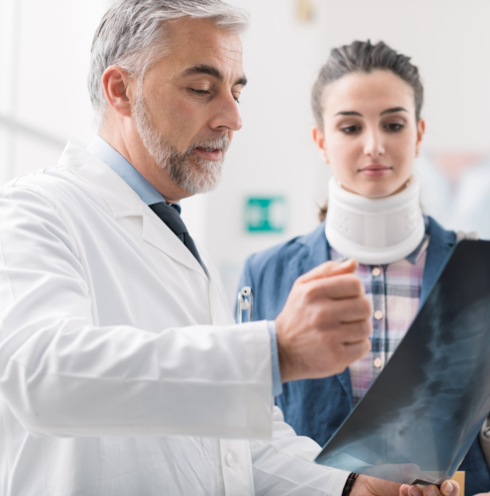What's medical payments coverage?
Medical payments coverage, also called MedPay, helps pay accident-related bodily injury costs for you and your passengers regardless of whose fault it is. It also covers you if you're injured as a pedestrian or in a friend's car. You can add this coverage to a new or existing auto insurance policy. Here's what's usually covered and what isn't.
-
What's covered?
- Medical bills including health insurance deductibles and copays
- Ambulance services
- X-rays
- Surgical procedures
- Funeral expenses
- Extended nursing services, rehabilitation and hospitalizations
-
What's not covered?
- Lost wages
- Child care and other essential services
- Vehicle and other property damage
- Injuries to people in another vehicle
Does my state require it?
There are only two states that require medical payments coverage: Maine and New Hampshire.
It's an optional coverage in most other states. MedPay isn't available in Minnesota, New York, North Dakota and Oregon.

Medical payments coverage versus personal injury protection
Both options provide protection regardless of who causes an accident. Medical payments coverage only pays for medical bills and has lower coverage limits. PIP is required in more states, offers extra benefits if you can't work and has higher limits.

How does medical payments work?
Say you go on a road trip, and you're injured after you cause an accident. If you don't have health insurance, you'd have to pay your medical bills and then file a MedPay claim for reimbursement. If you have it, your health insurance policy could help cover most of your medical bills. Your medical payments coverage can take care of your deductibles and copays.
How much should I get?
It depends on your situation, but you should consider enough to cover your health insurance deductible. If you don't have health insurance and can afford it, you could purchase the maximum amount. You'll also want to consider this coverage if you don't have life insurance.
